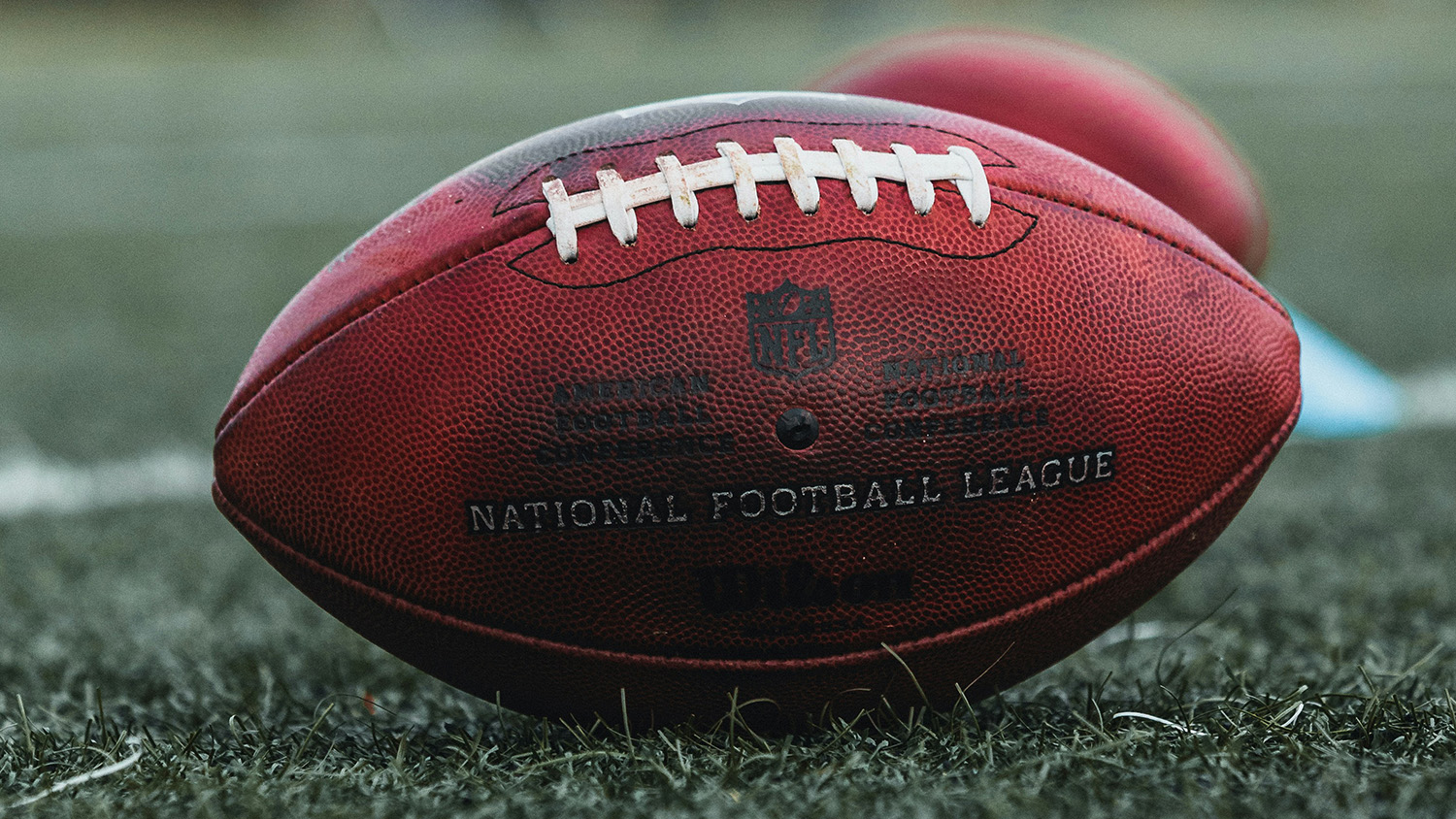Ever caught a perfect spiral and wondered if you’re throwing the same football as Tom Brady? Turns out, you might be close, but not quite. The football in your hands and the one on your TV screen aren’t exactly twins, though they’re related.
From Friday night lights to Sunday showdowns, footballs look pretty similar. But those small differences? They matter more than you’d think.

High School vs. College Football Sizes: The Subtle Differences
That pigskin you tossed around in high school was a “size 9” ball – the standard for players 14 and up. These footballs run between 10.5 and 11.5 inches long, with a circumference of about 28 inches end-to-end and 21 inches around the middle. Weight-wise, we’re talking 14 to 15 ounces.
College balls follow the size 9 classification but play by slightly different rules. They typically reach 11 inches in length, though the NCAA isn’t super strict—allowing anywhere from 10.5 to 11.25 inches. The circumference ranges between 27.75 and 28.5 inches long-ways and 20.75 to 21.25 inches around the belly.
What’s wild is how much this can vary between schools. Depending on the manufacturer and conference, you might feel subtle differences when grabbing a ball at one college stadium versus another.
NFL Football Dimensions: The Professional Standard
The pros don’t mess around. NFL footballs (nicknamed “The Duke”) follow tighter rules. They measure 11 to 11.25 inches long, with a long circumference of 28 to 28.5 inches and 21 to 21.25 inches around the middle. They still weigh the same 14 to 15 ounces.
Made from cowhide leather and pumped to 12.5-13.5 PSI, these balls are the gold standard.
Why bother with these tiny differences? It’s all about progression. As players climb from high school to college to the pros, the slight variations help their hands adjust gradually. The consistent weight lets quarterbacks and receivers develop muscle memory that transfers between levels.
KEEP READING: Is There a Mercy Rule in High School Football? How It Works and When It’s Used
And those fractions of an inch? For a quarterback trying to thread a needle between defenders or a kicker aiming between uprights, they can make all the difference between glory and heartbreak.
So next time you’re tossing the ball around, remember – you’re handling something remarkably close to what the pros use. Just don’t blame the slight size difference for that wobbly pass!
College Sports Network has you covered with the latest news, analysis, insights, and trending stories in college football, men’s college basketball, women’s college basketball, and college baseball!

